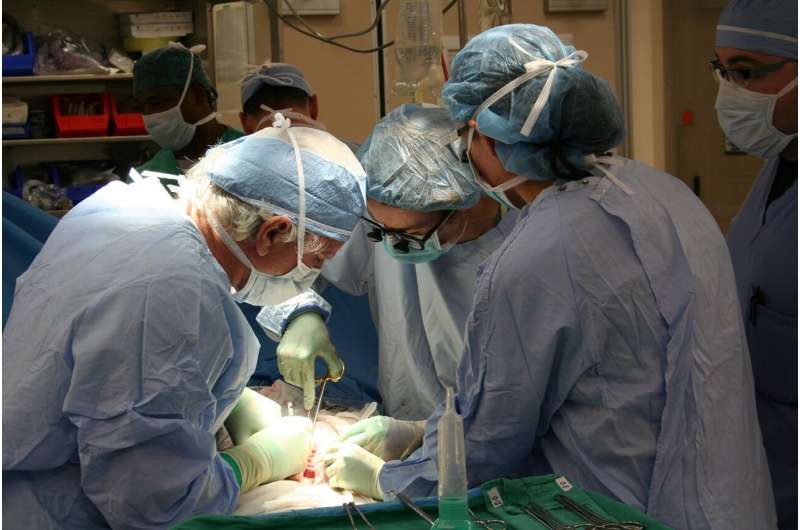For this type of organ donation, called donation after circulatory death, the time between the removal of life support and death must not exceed 30 to 45 minutes, or the surgeons will often reject the liver because of the increased risk of complications to the recipient.
Now, Stanford Medicine researchers have developed a machine learning-based model that predicts whether a donor is likely to die within the time frame during which their organs are viable for transplantation. The model outperformed surgeon judgment and reduced the rate of futile procurements—which occur when transplant preparations have begun but death happens too late—by 60%.
“By identifying when an organ is likely to be useful before any preparations for surgery have started, this model could make the transplant process more efficient,” said Kazunari Sasaki, MD, clinical professor of abdominal transplantation and senior author on the study. “It also has the potential to allow more candidates who need an organ transplant to receive one.”

